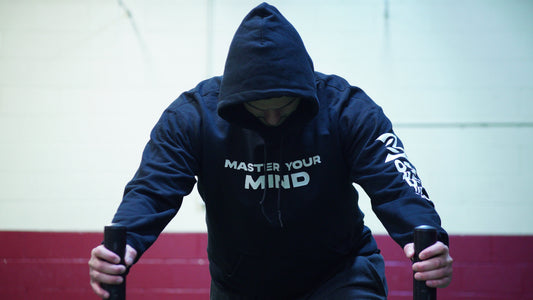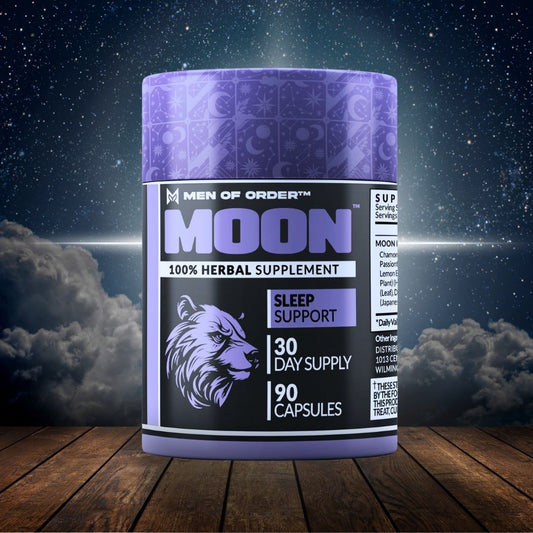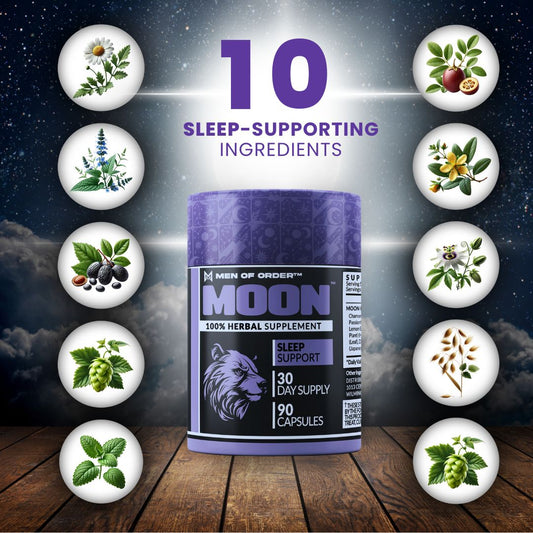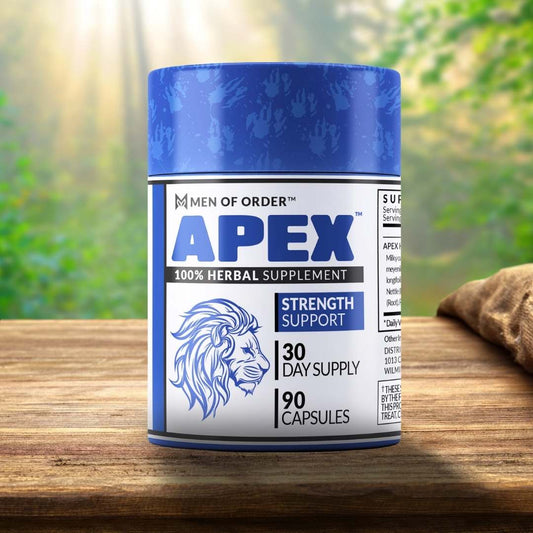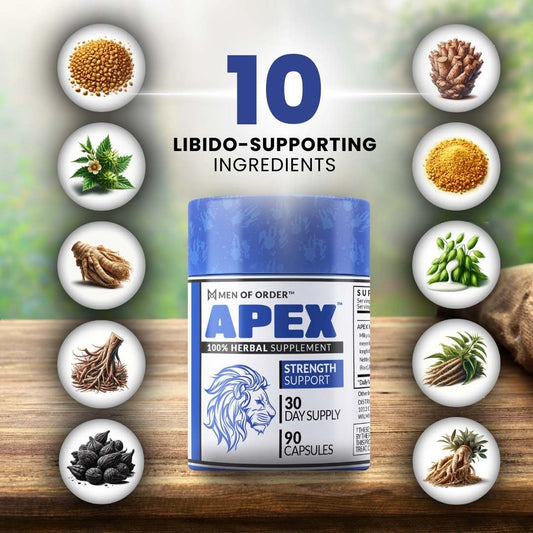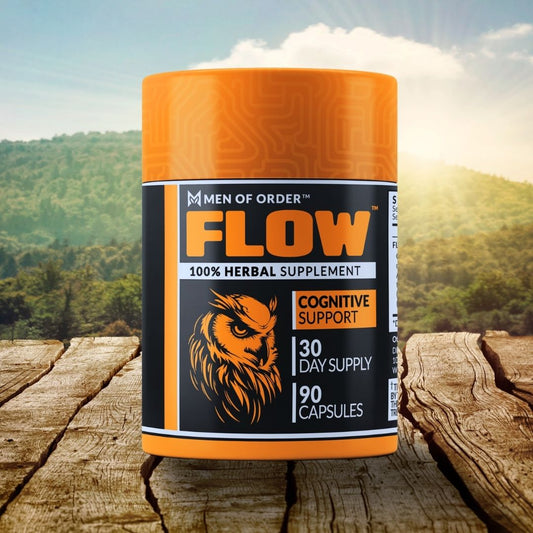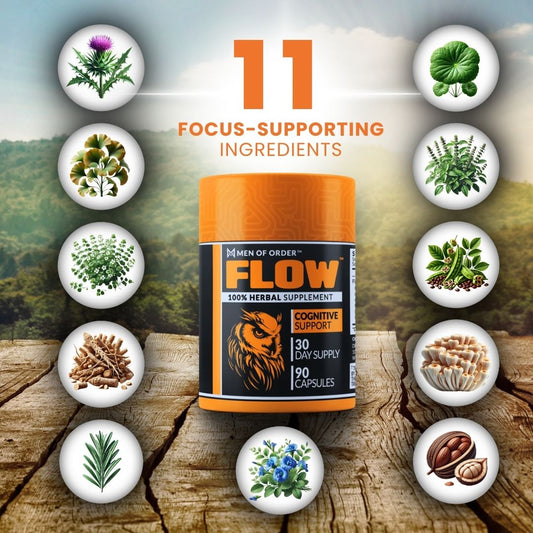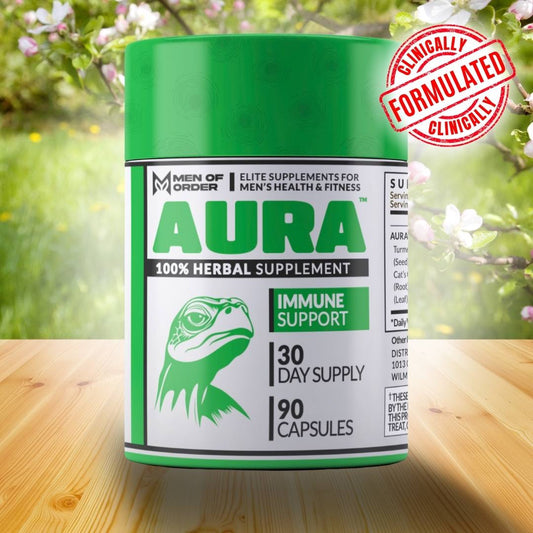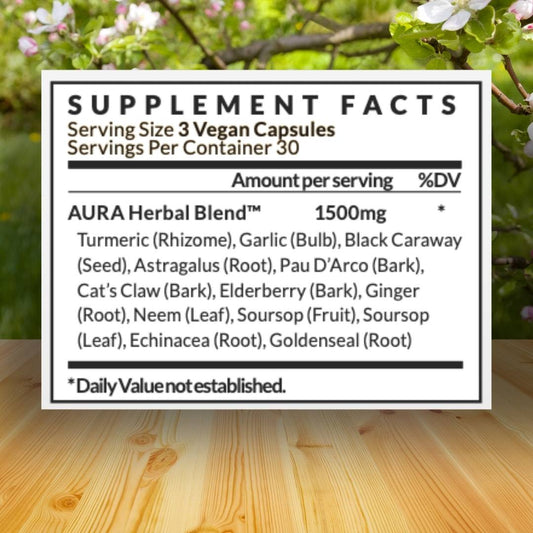When you hear the words 'YouTube SEO', what do you usually think of? You might think it has something to do with coding, algorithms, research, analytics, and information collecting.
The phrase "Search Engine Optimization" is a scary word! But combine it with YouTube, and all of a sudden… YouTube SEO sounds like something only the best YouTubers can do!
Well… It's not. And guess what? YouTube SEO is probably one of the most useless features on YouTube.
YouTube SEO (otherwise known as tags or keywords) is so overhyped that internet marketers take advantage of aspiring creators attempting to build their brands. They'll charge you hundreds of dollars for promises that eventually turn into frustration.
Remember THIS clearly:
YouTube is not just a search engine (that's not its main goal). Instead, its primary purpose is to recommend content to viewers.

In other words, YouTube is one of the biggest recommendation engines on the internet.
For beginner creators, YouTube keywords can become a daunting task. However, SEO gurus that claim to be "experts" with understanding YouTube convince beginners that they need to invest hours researching keywords before choosing and filming content.
You should NEVER be spending hours finding keywords with the best SEO scores! Stop wasting your time!
With tools like Tubebuddy and VidIQ advertised on the internet, beginners fall into the trap of thinking that one simple tool can turn their channels into a success.
There is no magic pill for anything in life, and it certainly applies to YouTube. So how do you expect yourself to blow up if all you do is sit around and do nothing except look for keywords that will supposedly skyrocket your channel?
Keywords Are Pretty Much Useless For YouTube SEO.
Search makes up a tiny percentage of the channel's views. With most channels receiving less than 10% of the overall views from search, you have to ask yourself whether or not focusing on keywords is worth it.
If you search up a general topic like "cars" in YouTube's search, you will be presented with videos that have reached millions and hundreds of thousands of views. When you look at the creators uploading the videos, they already have built a large audience.

How do you expect your small channel to compete with the big channels on YouTube? You can't, and it's not worth trying. The best way to rank on YouTube is by having one of your videos outperform the top-performing videos in watch time (this is unlikely to happen.)
Don't worry though, most big YouTube channels don't get the majority of their watch-time from search. We have evidence from one of the clients we work with, FreshandFit.
Take a look at "Traffic Source Types" from FreshandFit, you will notice that the channel received 59% of its views from browse features, including the home screen, subscription feed, and watch later. On the other hand, 5.6% of the total views in the last 365 days came from searches.

If keywords are so insignificant, why does YouTube continue allowing creators to add tags to their videos?
A YouTube employee stated that SEO tags are mainly used for misspellings. So, if you misspell your name or channel in the title, the SEO tags can help YouTube search your video if you made a mistake.
YouTube tags used to be powerful early on when YouTube started - until developers saw creators take advantage of the system by adding unrelated keywords to help boost their channel.
You should only add tags that relate to your video. For example, if you upload a video about Marques Brownlee, it's okay to add the tag "Marques Brownlee."
However, suppose you upload a computer review that never mentions Linus Sebastian, and you add "Linus Tech Tips" in the tags section. In that case, you are technically misleading your audience into watching the video.
Do not add random tags in your video; otherwise, YouTube's algorithm will notice and either remove your content, suspend your account, or ban your channel. If your content gets removed and receives a community guideline strike three times, YouTube will automatically ban you.
If you're a small creator who gets banned, good luck trying to get your account back. (Note: More prominent channels with a large audience will usually get their channels back if they get banned.)
Here's how you should use tags from now on…
Only add tags with your name in them. If a guest comes on, include their channel name as well—nothing else. Don't focus on keywords ever again because you will add an unnecessary step to your learning process.
Upload videos regularly and set up your upload defaults, so you don't have to add any more keywords when you upload a video unless a guest comes on. You can locate this setting when you open YouTube Studio, select "Settings," and open "Upload Defaults."
For example, Grant Cardone will include super basic tags in his video like Grant Cardone, grant cardone, 10x, money, finance, business, sales, motivation, etc., to his upload defaults.

He will also include a few basic tags after the video is uploaded that relate to the video, like school, college, and education (this step is not required.)
As Tim Schmoyer from Video Creators always says when he gets asked about SEO, he tells his viewers, "set it and forget it." So instead of putting energy into learning SEO, focus all of your energy on creating content that you and your audience enjoy watching.
Don't Rely On YouTube's Search To Grow Your YouTube Channel.
When you're trying to grow on YouTube, you should never rely on the search engine!
Most users rarely use the search bar. Instead, they will usually watch whatever video shows up first on the homepage page, then watch the following video on their suggested feeds.
Think back to the last time you used the search bar on YouTube...
What video did you search up? And why did you search for it? In most of the situations, you were trying to find a video for a specific reason.
For example, suppose your tire went flat as you were driving to your family's house. Instead of contacting the tow service, you attempt to fix the flat tire yourself. To address the flat tire, you use YouTube's search bar to look up "how to install a spare tire."
As you're watching the video, you locate the answers, fix the car, and finally move on with your day.
However, it's likely that once you solved the problem, you don't go back to YouTube's search to look for more car repair videos. Instead, you will use the homepage to watch other videos you're more interested in.
And the funny thing is, YouTube will not send you more car videos because the algorithm already knows what you watch. So if the large majority of past videos you watched isn't about cars, YouTube will not recommend more car videos.
The search engine is not relied upon as much as you think it is!
YouTube's algorithm can track what videos you are watching, the topic of the video, how long you watch, and the video you click on next. Then, as the algorithm collects the information, it feeds you videos from the same channels as long as you watch enough of them.

These videos then show up on your homepage, home screen, and suggested videos.
The other thing you need to consider is that YouTube's search doesn't attract the right audience to your channel. When users search for a topic and watch the video, they probably will not watch more of the channel's videos.
Even if the viewer watched the video and subscribed, YouTube won't recommend more of the creator's videos. So you would need to watch more than one of the channel's videos to get recommendations in the home and suggested feeds.
The only way you will grow a stable audience on YouTube is by getting recommended. But, unfortunately, the search will rarely recommend you because viewers will search for a topic, watch the video, find the information, and leave.
Focus on increasing your watch time number instead of aspiring to rank on YouTube's search. You will grow faster and save yourself hours of frustration.
Should You Be Using SEO Tools On YouTube?
Whether or not you use SEO tools will depend on your situation. The two best tools for YouTube are "Tubebuddy" and "VidIQ."
"Tubebuddy" is a simple, less expensive, and easy-to-use software used to look at your stats, develop ideas, find keywords, analyze thumbnails, and replace descriptions. On the other hand, VidIQ is more expensive and pretty much does the same thing except with more detailed statistics and a monthly subscription that offers personalized coaching.

The tools are mainly marketed for users looking to use SEO keywords to grow their channels. In our opinion, we don't think there's a point in subscribing to TubeBuddy or VidIQ, but that will depend on how you create content.
Tubebuddy's and VidIQ stats will come in handy if you want a more simplistic look at YouTube's analytics. However, YouTube studio provides all of those stats for free along with more data that neither Tubebuddy nor VidIq has.
If you're willing to put in the work to learn how each feature on YouTube studio works, you probably won't need to purchase either tool.
For example, Tubebuddy has the "Click Magnet" feature that can a/b test, analyze your thumbnails, and give you a general overview of the thumbnails styles that typically perform well. This includes analyzing thumbnail faces and providing scores that determine which facial expressions perform well and the faces that don't.

However, you can perform the same thumbnail analysis by looking at the YouTube studio's click-through rate stat and comparing them to your older thumbnails.

Most of Tubebuddy's and VidIq's features are nice to have. Still, you probably won't use them, especially if you learn how to create videos that focus on your audience instead of analyzing every stat.
If you purchase vidIQ or Tubebuddy, you should use it to generate topic ideas.
For example, suppose you're using Tubebuddy. In that case, all you would do is open "keyword explorer" and, in the search bar, search something general like "dating," then click on "results."
Tubebuddy will populate your screen with videos that are ranking on YouTube's search. Ignore the ranking because you will most likely not compete with the videos listed on the screen.
Then, open up a spreadsheet on Google Sheets or Microsoft Excel and start jotting down topics you could potentially cover.
As you're looking for topics to cover, always ask yourself this:
- "will my audience enjoy this topic?"
And...
- "If I shot a video about this topic, will the video's subject align with what I would normally cover on YouTube?"
Successful creators with millions of subscribers are not looking for topics that rank on search. Instead, they find topics they genuinely believe in and their audience is genuinely passionate about.
If you're the analytical guy that utilizes every tool you can get your hands on to grow, purchase either Tubebuddy or VidIq (or both.) Suppose you tend to be more laid back and focus little attention on analytics. In that case, we recommend you don't purchase either service.
The reality is that although YouTube tools are great to have, you can pretty much replicate every feature just by diving deep into YouTube Studio.
Don't think that purchasing a tool will solve all of your problems with YouTube. The best way you will learn YouTube is just by creating content consistently every week and figuring out ways to optimize your channel continually.
Every YouTuber Should Be Using This Tool!
Suppose you're going to abandon the idea of purchasing Tubebuddy or VidIQ altogether. In that case, you should start analyzing the YouTube comment sections instead!
The comment section is valuable because it gives viewers the option to spread their thoughts on the video.
You can observe viewer's reactions, questions, video suggestions, and advice, then make strategic moves to follow what the viewers are discussing. Follow what the audience says, and your channel will grow effortlessly!
In some scenarios, you should ignore the comments, especially when they are irrationally angry, vague, and provide advice that does not fit your channel's vision.
You should only take advice from comments that offer valuable suggestions and positive entertainment. Then, save these comments and turn them into content and future branding.
If you don't get enough comments on your videos, observe the channels you aspire to become and read their comments. The chances are the YouTuber doesn't read all of his comments because he gets so many of them!
Read his comments intensely, take notes, and implement what the commenters are saying in your content. And before you know it, those same commenters you saw on their channel will start watching your videos instead!
Always keep your eyes peeled on your channel's comments, and make sure to respond to everyone.
Viewers will ask for your opinions, suggest ideas, and participate in discussions. Your audience does all of the topic research for you!
Continue optimizing your channel so the content and quality gradually improve. As you make small changes, your audience will grow, and so will your watch time.
Then before you know it… You’ll reach 1,000,000+ subscribers!
Remember, your audience is your #1 asset on YouTube!

Conclusion
Everyone else is under the impression that SEO actually makes a difference; as you can tell, that's not the case. Instead, content creators have developed a reliance on features such as keywords to ensure their videos will perform.
Keywords don't even make up for 10% of searches, and people spend 90% of their time on them! So by trying target keywords that aren't directly relevant to you, you're wasting your time.
Relying on YouTube to generate results for you is not an optimal strategy. You will effectively be gatekept if you rely on YouTube's search results and recommended videos. The key is always to be asking yourself whether or not your audience will enjoy your content.
Tools like TubeBuddy and VidIQ can be useful for new topic ideas, trends, and simplified analytics to help understand the growth rate of your channel. However, the fundamental tool you should be using is the feedback from your audience.
Your audience will always provide the best content ideas and criticisms to further the quality of your YouTube channel.
Your viewers are the ones watching your content, and they are the ones you're trying to appeal to.
So, regardless of whatever the YouTube Algorithm and SEO features do for a creator's content, the one question you should always ask is whether or not your audience is watching your content all the way through.
And if you want to spot all of the bullshit tactics that exist on YouTube without having to spend a dime on YouTube SEO tools, click the red button.
We'll teach you the ins and outs of the YouTube algorithm by diving DEEP into YouTube studio, the tool every creator should use because it's free and provides more data!







